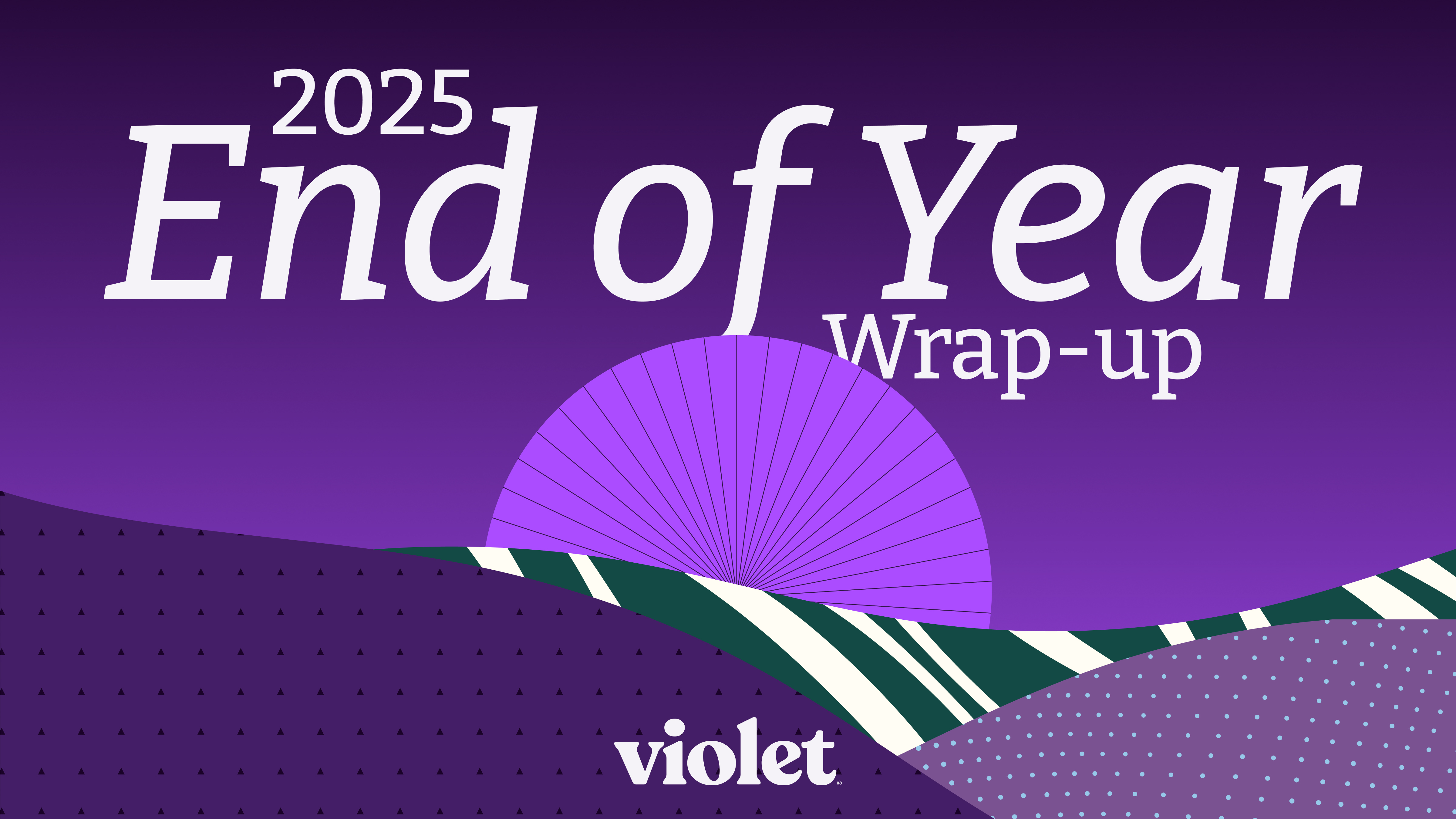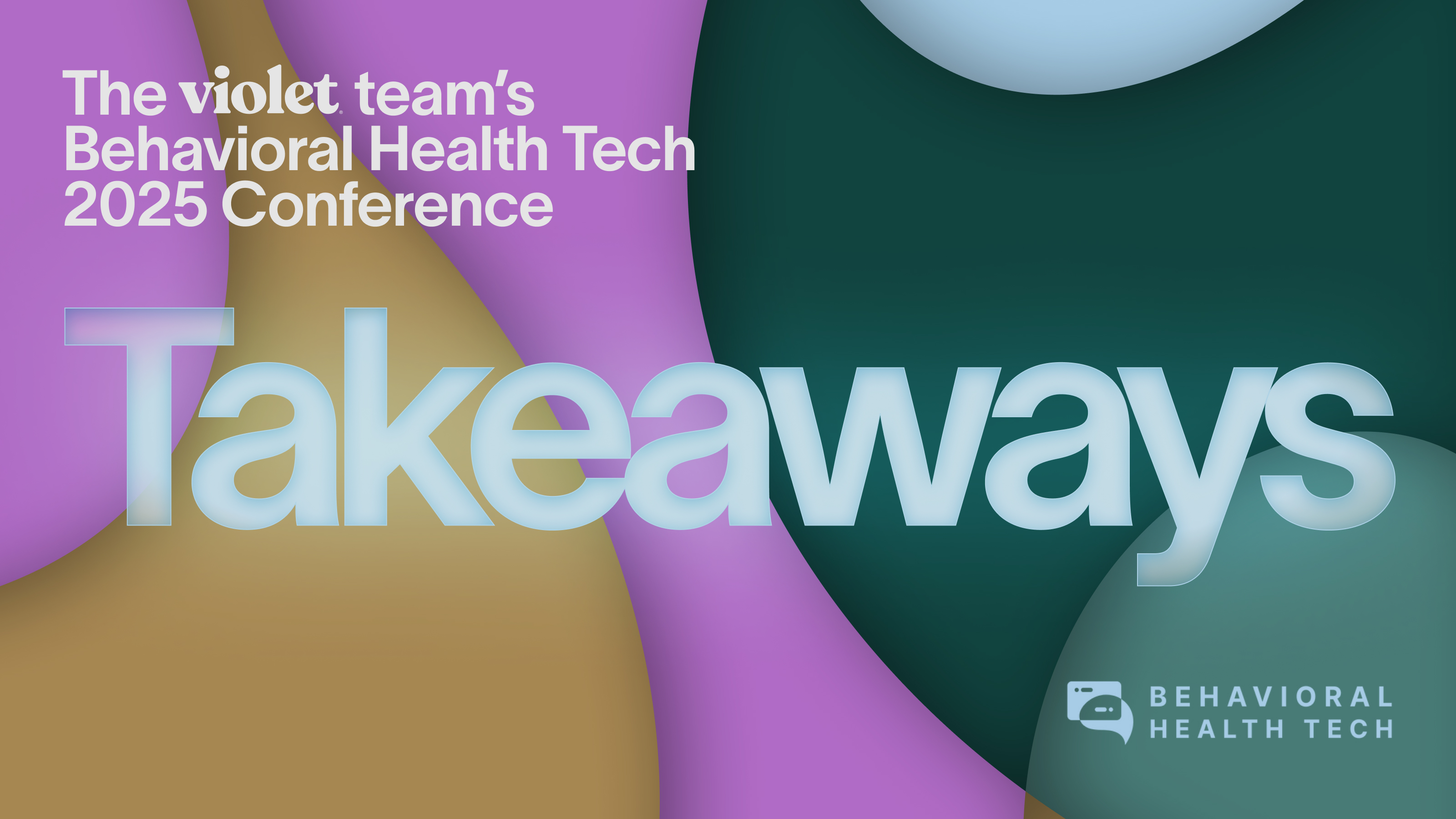Violet has created a standardization of cultural competence, called Violet Benchmarks, that powers the first-ever infrastructure for inclusive care. Finally, clinical ability to deliver identity-centered care can be measured and applied to solutions.
Violet Benchmarks are a comprehensive measurement of a provider’s ability to deliver culturally competent care, relative to their peers. Violet's platform works by collecting information about a provider’s lived experiences, training and education, professional experience, communities of interest, and confidence levels when caring for specific patient populations.
We currently benchmark for Black, Indigenous, and People of Color (BIPOC), Lesbian, Gay, Bisexual and Queer (LGBQ), and Transgender Non-Conforming (TGNC) communities.
- Awareness: Awarded to providers in the top 50% of their specialty. Culturally aware providers recognize inequities in health care for various identities, socio-economic statuses, and communities. These providers are committed to building health equity by acknowledging that identities and culture deeply matter in health care.
- Proficiency: Awarded to providers in the top 25% of their specialty. Culturally proficient providers can honor and respect identities and cultures during patient interactions.They are actively building health equity by creating safer environments and guiding patients on their unique health journeys.
- Excellence: Awarded to providers in the top 5% of their specialty. Culturally excellent providers are advocates for communities. They have extensive professional experience working with patients who have specific and intersecting cultural identities. Culturally excellent providers are generally pioneers who lead the industry in building health equity for the communities they serve.
Violet Benchmarks can help health organizations in a few ways:
- They create a standard for inclusive care delivery. Use Violet Benchmarks as a quality metric for clinical cultural competence.
- Because lived experience is commonly used as a proxy for cultural competence, many providers who are more than capable of great care may not be recognized. Violet Benchmarks can uncover providers in any community who can deliver inclusive care.
- Insights into provider cultural competence and language proficiencies can help match patients to the right provider, and get to their appointments faster.
- Once providers are benchmarked, they are given personalized learning pathways for areas where they can improve their cultural responsiveness.
We’ll dive into specific use cases of Violet Benchmarks in the examples below.
How do Violet Benchmarks work?
Mary, primary care doctor at a university hospital in Houston, TX
Mary is aware of the injustices and health care inequities that TGNC people experience. She also knows that it can be difficult for trans people to access care that is adequate and affirming, especially in Texas. Although she hasn’t had much firsthand experience treating trans patients, she is committed to learning more. She’s thrilled when her employer introduces Violet.
Violet Benchmarks:
- Mary starts to use Violet Benchmarks as a way to measure her own inclusive care skills.
What’s next for Mary:
- Give Mary a better sense of her cultural competence relative to other primary care doctors.
- Can increase Mary’s confidence when working with TGNC patients.
- Can help Mary provide culturally sensitive care.
- Once Mary is benchmarked, she has a better idea of which communities she should learn more about.
- As Mary expected, she didn’t receive a TGNC awareness benchmark. Based on her results, Violet recommended a personalized education pathway.
- Through Violet, she has access to numerous educational collections and can filter down to those that specifically focus on care delivery to trans individuals.
- She will continue to explore case vignettes and audio diaries chronicling TGNC patients’ experiences and POV.
Janet, program director at a TGNC center of excellence in New York, NY
Janet is the program director at a prestigious hospital which has made great strides in serving the transgender community with a center for transgender medicine and surgery. Janet has full confidence in the doctors and surgeons, but she’s also aware that trans patients enter the hospital system for health reasons that are unrelated to their trans identities. Janet wants to ensure that trans patients are able to work with culturally competent clinicians, regardless of why they’re seeking care. Outside of the transgender center, Janet uses a spreadsheet of providers she cobbled together from various surveys throughout the years.
Violet Benchmarks:
- Janet starts to use Violet Benchmarks to better understand the cultural competence skills of the hospital system’s providers.
What’s next for Janet:
- Go beyond lived experience to unlock culturally competent providers that have been there all along.
- Helps standardize and also provide nuance into how well a provider can provide inclusive care.
- Can help create an inclusive referral network and keep patients within the system.
- Can help providers improve outcomes and retention for trans patients who are seeking care unrelated to their identities.
- The hospital system uses Violet to Benchmark all of their ambulatory care centers.
- Janet learns that they have an abundance of culturally competent providers, expanding their capacity for care, and making inclusive referrals possible.
- Violet Benchmarks also allow Janet to publicize that the hospital system is verified as inclusive.
Marc, care coordinator at a digital behavioral health system in Denver, CO
Marc works at a behavioral health organization that is growing in popularity. The number of requests for mental health therapists has tripled. Currently, Marc has a small team that coordinates care. They toggle between Airtable, Google Calendar, and Excel to match patients to therapists who happen to have time in their schedule. When he can, Marc tries to connect patients and providers who share race, ethnicity, and/or sexual identity, etc. While this is helpful most of the time, a few therapists have given feedback that they feel overburdened and tokenized, and would appreciate more of their colleagues stepping up to care for historically marginalized patients.
Violet Benchmarks:
- Marc starts to use Violet Benchmarks to unlock culturally competent providers across his entire team so that they're not solely relying on staff with lived experience.
What’s next for Marc:
- Look beyond lived experience, and take into account more metrics for cultural competence: work history, communities of interest, etc..
- Seamlessly integrate into existing care navigation solutions.
- Marc has reduced stress and burnout in his team and has made it easier to match more patients to more providers who can offer inclusive care.
- Marc has taken provider feedback on board, and is making it possible for providers to have a more diverse patient base.
- Because of expanded capacity for care, patients are able to book appointments 9% faster.
Asya, clinical director of a small health system in Baltimore, MD
Asya practices in a working-class section of Baltimore. Many of the residents that visit this health system experience inequities due to various social determinants of health, and barriers like busy work schedules, lack of childcare, or lack of transportation services.
Asya noticed the patient adherence rates are below industry standard. One of the biggest barriers to adherence is unsatisfactory provider matches, but it’s hard to solve this issue. Asya’s health system is under-resourced and doesn’t have the capability to base patient-provider matches on identity. Matches are simply made by next availability.
Her team then discovered Violet and decided that they could seamlessly integrate Violet Benchmarks into their preexisting workflow, making identity-centered care matching possible. This was an attainable yet powerful solution.
Violet Benchmarks:
- Asya now uses Violet Benchmarks to uncover culturally competent providers who can help boost patient adherence rates.
What’s next for Asya:
- Go beyond lived experience to unlock culturally competent providers.
- Plug into pre-existing workflows to facilitate identity-centered care matching.
- Because health outcomes are directly impacted by first appointment adherence, Asya has made it a goal to facilitate better patient-provider matches based on Baltimore’s specific patient population.
- Violet Benchmarks have historically led to a 5% increase in first appointment adherence.
- Using Violet’s continuing education resources, Asya’s team is able to get a foundational understanding of social determinants of health and how they affect patients.
Monica, learning and development lead at a digital health startup in San Francisco, CA
Monica is new to her role at a digital health startup that caters to millennials and younger. She’s tasked with ensuring that all clinicians on the platform have a baseline level of cultural competence with this diverse demographic, but doesn’t know where to start. She doesn’t have much insight into the hiring process to understand if the business had diversity in mind when hiring, but knows the main focus is on patient experience and outcomes.
Violet Benchmarks:
- Monica came across Violet and now uses Violet Benchmarks to understand the team’s cultural competence levels, and areas where they can upskill.
What’s next for Monica:
- Provide insights into the cultural competence of each individual provider.
- Allow providers to see where there are gaps in their knowledge.
- Are directly tied into Violet’s Upskilling offering, so providers can increase their Benchmarks through CE/CME-accredited continuing education.
- Help providers feel more confident serving diverse patients.
- More cultural competence leads to better health outcomes.
- Monica incorporates Violet into new clinician onboarding. Now, she can understand every provider’s culturally responsive skillset from the beginning.
- Once this information is unlocked, Monica can offer clinicians opportunities to upskill through Violet and earn free CE/CME credits for their licensure requirements. This also helps with provider recruiting and retention while meeting patient demand for inclusive care.
- Monica uses Violet e-learnings for group clinical discussions to build community, empathy, and share knowledge.
To learn more about Violet Benchmarks and our full suite of health equity tools, visit joinviolet.com/demo.

.svg)





.png)



.png)

.svg)



.svg)

